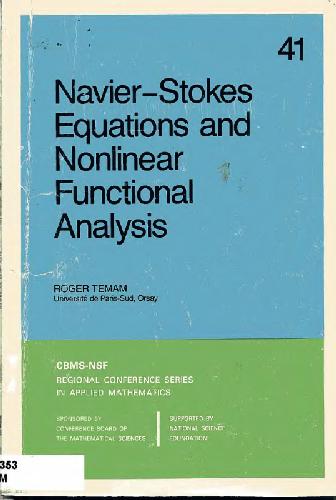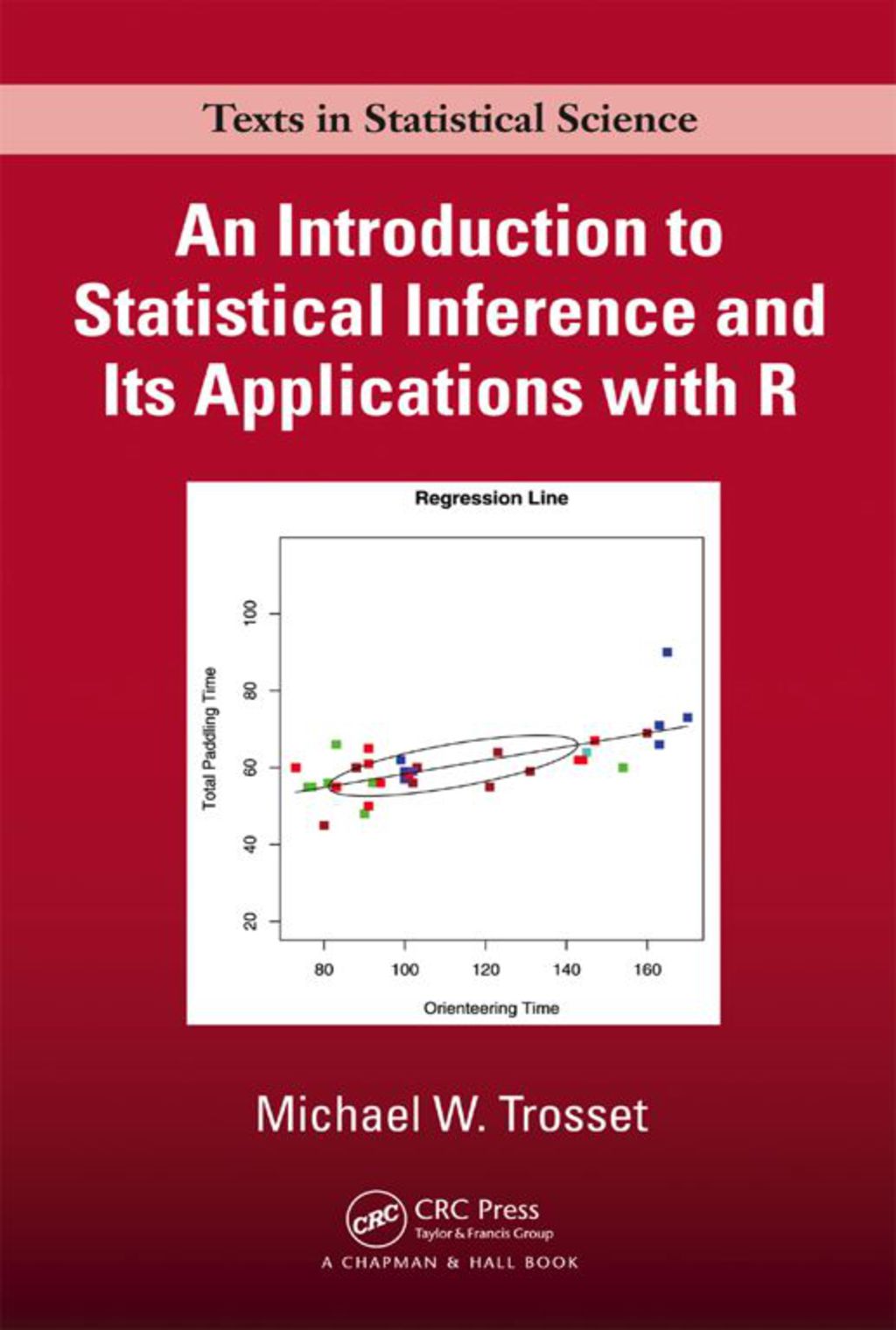Roger Teman9780898711837, 0898711835
This second edition, like the first, attempts to arrive as simply as possible at some central problems in the Navier-Stokes equations in the following areas: existence, uniqueness, and regularity of solutions in space dimensions two and three; large time behavior of solutions and attractors; and numerical analysis of the Navier-Stokes equations. Since publication of the first edition of these lectures in 1983, there has been extensive research in the area of inertial manifolds for Navier-Stokes equations. These developments are addressed in a new section devoted entirely to inertial manifolds. Inertial manifolds were first introduced under this name in 1985 and, since then, have been systematically studied for partial differential equations of the Navier-Stokes type. Inertial manifolds are a global version of central manifolds. When they exist they encompass the complete dynamics of a system, reducing the dynamics of an infinite system to that of a smooth, finite-dimensional one called the inertial system. Although the theory of inertial manifolds for Navier-Stokes equations is not complete at this time, there is already a very interesting and significant set of results which deserves to be known, in the hope that it will stimulate further research in this area. These results are reported in this edition. Part I presents the Navier-Stokes equations of viscous incompressible fluids and the main boundary-value problems usually associated with these equations. The case of the flow in a bounded domain with periodic or zero boundary conditions is studied and the functional setting of the equation as well as various results on existence, uniqueness, and regularity of time-dependent solutions are given. Part II studies the behavior of solutions of the Navier-Stokes equation when t approaches infinity and attempts to explain turbulence. Part III treats questions related to numerical approximation. In the Appendix, which is new to the second edition, concepts of inertial manifolds are described, definitions and some typical results are recalled, and the existence of inertial systems for two-dimensional Navier-Stokes equations is shown. This book will appeal to professionals working in fluid dynamics, aerodynamics, porous media flow, hydrodynamics, ocean and environmental sciences, and weather modeling. | |







Reviews
There are no reviews yet.